when you look at the speedometer in a moving car
1. Kilometers: This is the accumulated kilometers traveled by the car, which is the kilometers traveled by the car from the factory to the present;
2. There is also the temporary kilometer accumulation of the vehicle, which is the kilometers traveled by the vehicle from place a to place B. the data will be cleared every time the vehicle is restarted;
3.The speed of a car is the number of kilometers that the car runs in an instant or in a long time per hour. Some imported cars have two groups of numbers marked on the kilometer meter, that is, miles (white) and kilometers (red). You must pay attention to distinguish.The automobile speedometer is generally divided into two parts, one is the engine speed, the other is the speed, the water temperature, the fuel quantity, and some indicator lights. The new cars in recent years are generally electronic and directly display some basic readings. However, the speedometer is different for different cars.There are two kinds of units to express your driving speed, one is "km / h" and the other is "mph". As for domestic models, including most imported models, the speed is expressed in "km / h".The number before km indicates how many kilometers have been traveled. The three 000 on the top are just cleared after the button on the right column is put into operation. You can measure the kilometers you just started to walk. The car odometer is generally a 6-digit number, which can only be increased unidirectionally. The number displayed is the number of kilometers run. The odometer above shows the total mileage of the car, and the odometer below shows the course that can be measured. For example, if you want to go from place a to place B, you can use the odometer below to measure the mileage. However, some speedmeters are directly accumulated and calculated
The general oil change cycle is between 5000-10000 km or half a year to one year. When you buy a car, there will be a recommended maintenance period on the attached three guarantee certificate. Engine oil, i.e. engine lubricating oil, can play the role of lubrication and wear reduction, auxiliary cooling and cooling, sealing and leakage prevention, rust and corrosion prevention, shock absorption and buffering for the engine. Changing the engine oil on time can not only prolong the engine life, but also effectively reduce the fuel consumption of the vehicle itself.
 English
English 
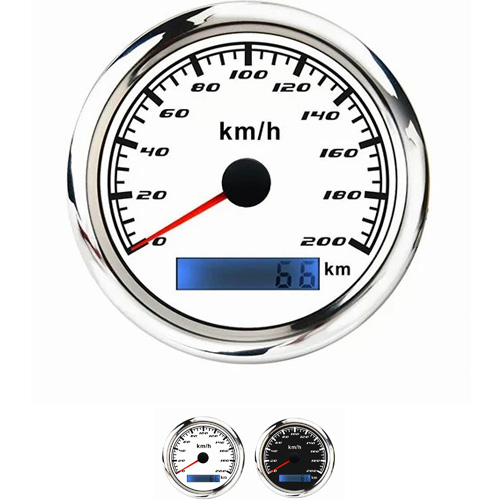
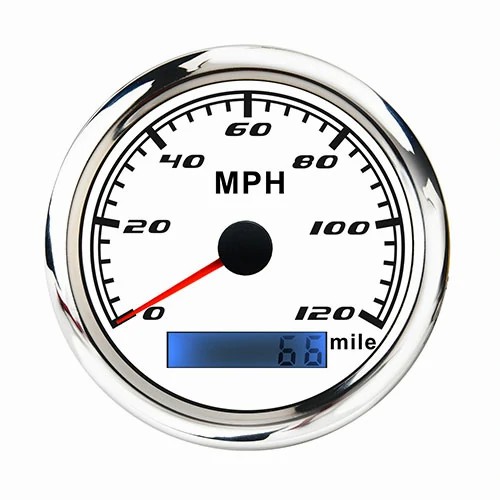

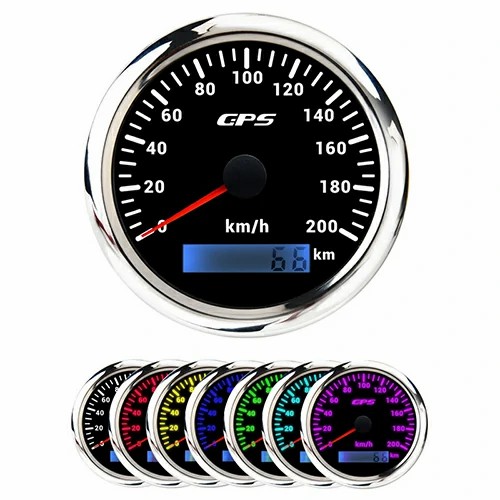
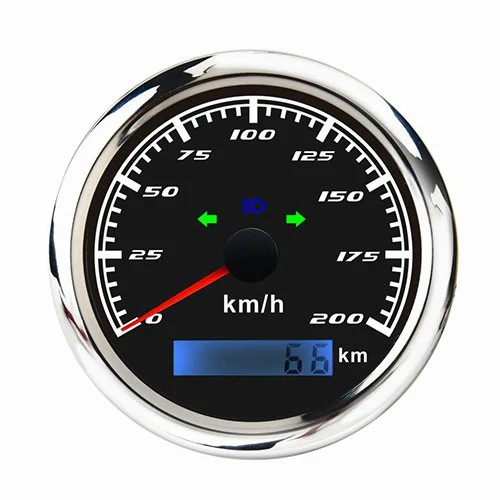
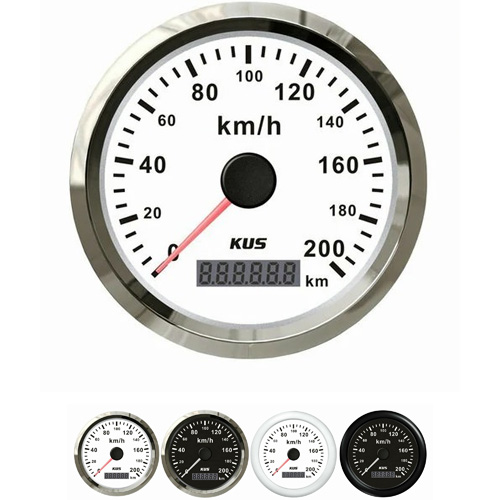
Get a Quote / Info